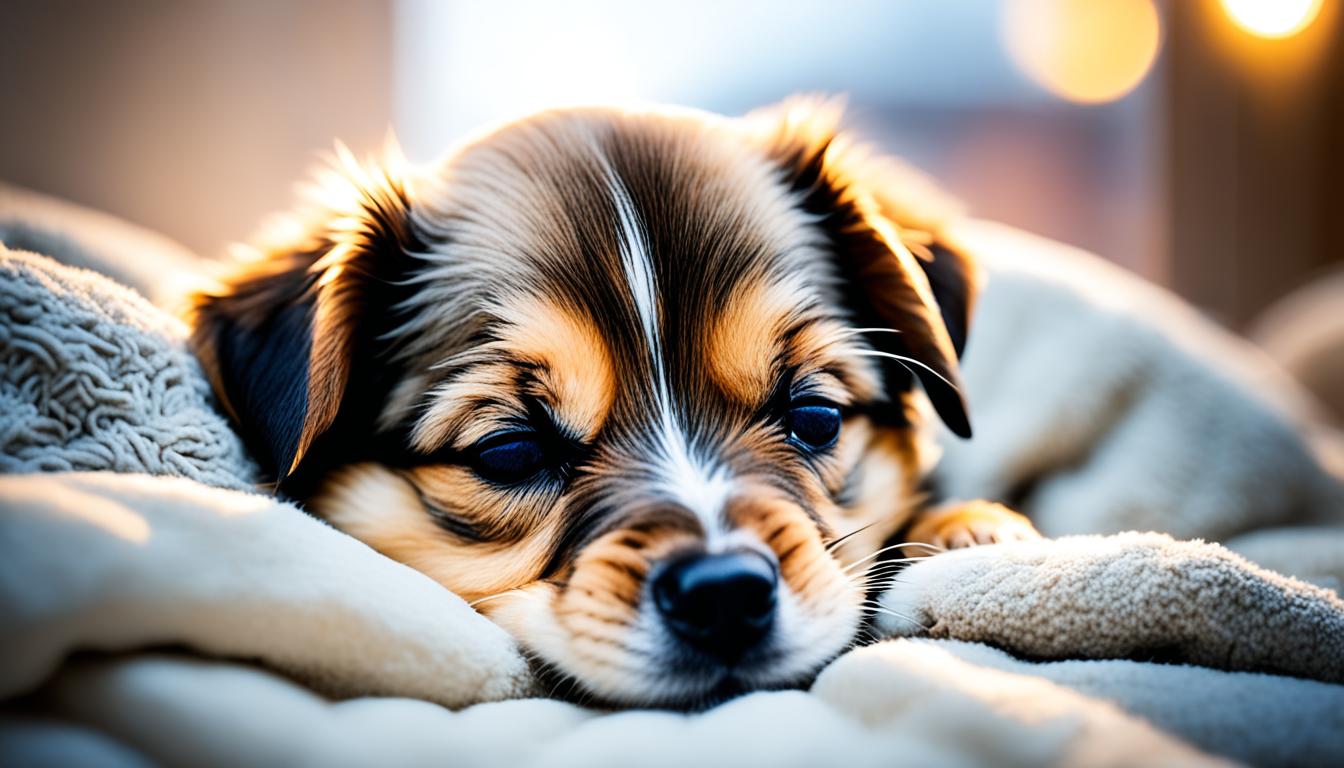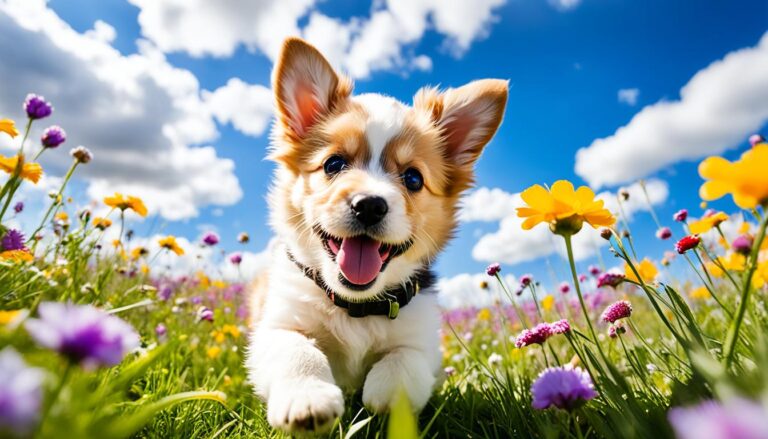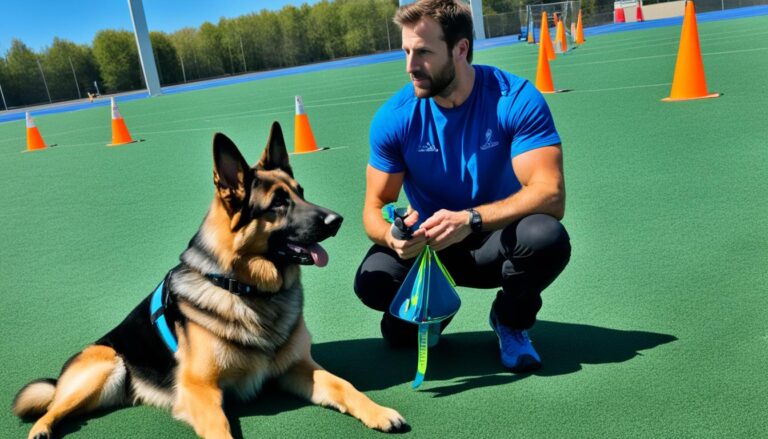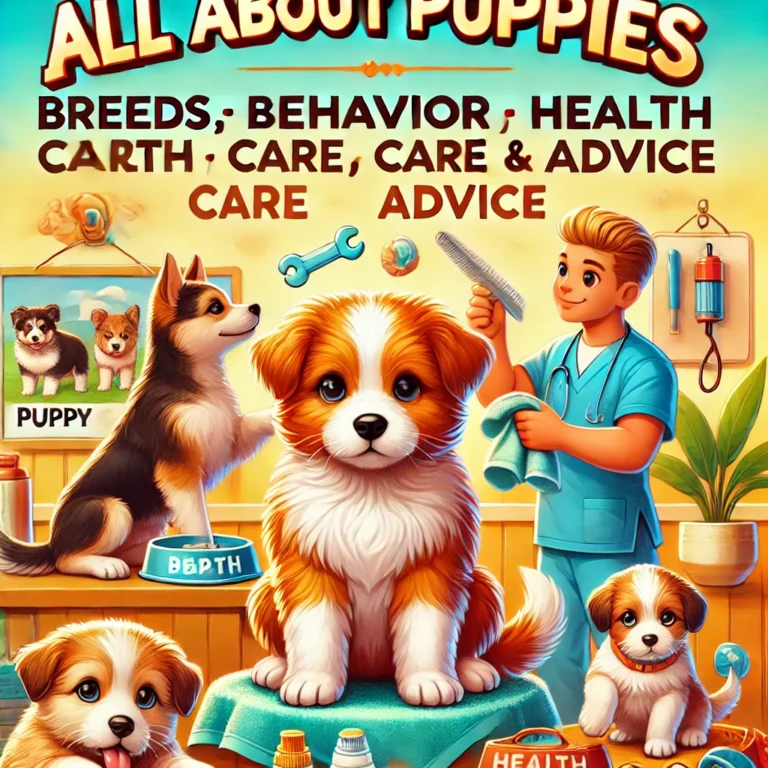Quite Quiet Puppy: Tips for Calm Canine Companions
Many dog owners desire a quiet and calm companion. However, achieving a peaceful and well-behaved dog can be challenging. Traditional methods such as increased exercise and distractions may offer temporary relief but fail to address the root of the issue. One effective approach is to implement a Differential Reinforcement of Other Behavior (DRO) plan, which uses positive reinforcement to reduce unwanted behaviors. By rewarding the absence of problem behaviors over time, dogs can learn to exhibit prolonged periods of calmness. This approach can be applied to various nuisance behaviors, including barking, pawing, pushing, and more. It is essential to establish clear criteria and maintain consistency throughout the training process. With the right techniques and patience, a quite quiet puppy can be achieved.
Key Takeaways:
- Implement a Differential Reinforcement of Other Behavior (DRO) plan for reducing unwanted behaviors.
- Reward the absence of problem behaviors to promote prolonged calmness.
- Applying the DRO approach can address various nuisance behaviors, including barking, pawing, and pushing.
- Establish clear criteria and maintain consistency throughout the training process.
- Patiently follow the techniques to achieve a quite quiet puppy.
Creating a Peaceful Environment for Your Puppy
Providing a tranquil atmosphere for your puppy is crucial in fostering calm behavior. A peaceful puppy is a hushed pet, and a placid pup brings joy and tranquility to your home. To create a serene environment and promote relaxation in your furry friend, consider the following:
Recreating the Comforting Environment
Take inspiration from the environment your puppy experienced with its litter mates and mother. Mimicking this environment can help your puppy feel safe and secure. Begin by:
- Providing a cozy crate where your puppy can retreat when they need quiet time. Make sure it is large enough for them to stand, turn around, and lie down comfortably.
- Setting up comfortable bedding in the crate or designated sleeping area. Soft blankets or a plush pet bed can offer a soothing and peaceful sleep environment.
- Considering a pet bed that simulates a mother dog’s heartbeat and vibrations. This can help ease separation anxiety and provide a sense of security for your puppy.
Socialization for Calmness
Socialization plays a significant role in promoting calmness in puppies. By introducing them to various people and other dogs in a controlled and positive manner, you can help them feel at ease and reduce the likelihood of anxious or unruly behavior. Here are some tips:
- Gradually expose your puppy to different environments and situations, allowing them to adapt at their own pace.
- Organize playdates with other well-behaved and vaccinated dogs to encourage positive interactions and build their confidence.
- Introduce new people to your puppy by allowing them to approach calmly and offer treats or praise. This positive association helps your puppy associate new experiences with pleasant outcomes.
Anticipation and Desensitization
Anticipating exciting situations and desensitizing your puppy to potential triggers can help them maintain a sense of relaxation and composure. Follow these suggestions:
- Identify situations or stimuli that may cause your puppy to become excited or anxious, such as visitors, fireworks, or car rides.
- Gradually expose your puppy to these triggers in a controlled environment, starting with low-intensity exposure and gradually increasing the intensity over time.
- Pair exposure to triggers with positive reinforcement, such as treats or play, to create positive associations and reduce their anxiety or excitement levels.
By creating a peaceful environment and implementing these strategies, you can help your puppy become a hushed pet and a placid pup. Remember, patience and consistency are key in nurturing a calm and content furry companion.

| Description | |
|---|---|
| Cozy Crate | A comfortable space where your puppy can retreat and feel secure. |
| Comfortable Bedding | Soft blankets or a plush pet bed that provide a soothing sleep environment. |
| Motherly Comfort | A pet bed with simulated heartbeat and vibrations to ease separation anxiety. |
| Socialization | Positive interactions with people and other dogs to promote calm behavior. |
| Anxiety Triggers | Identifying and desensitizing your puppy to situations that cause excitement or anxiety. |
Training and Exercise for a Calm Canine Companion
Proper training and exercise are essential for developing a calm and well-behaved puppy. By teaching basic obedience commands, such as sit, stay, and leave it, we can help our puppies understand what is expected of them in different situations. Regular practice in both familiar and distracting environments reinforces their training and promotes calmness.
Burning off excess energy through physical exercise is crucial in taming a lively puppy. Engaging our puppies in activities like brisk walks, games of fetch, or interactive toys allows them to expend their energy in a controlled manner. By meeting their exercise needs, we can help our puppies become more relaxed and content.
Training Tips:
- Start with simple obedience commands like sit, stay, and leave it.
- Use positive reinforcement techniques, such as treats and praise, to reward desired behavior.
- Be consistent in your training sessions and expectations.
- Practice in different environments to ensure your puppy can follow commands in various situations.
Exercise Ideas:
- Take your puppy on daily walks, gradually increasing the distance and duration as they grow.
- Engage in interactive play sessions, such as fetch or tug-of-war, to stimulate their physical and mental abilities.
- Set up obstacle courses or hiding games in your backyard to make exercise more fun and engaging.
- Consider enrolling your puppy in puppy classes or agility training to provide structured exercise and socialization opportunities.
Incorporating training and exercise into our puppy’s routine not only helps them become calm and well-behaved companions but also strengthens the bond between us. Remember, patience and consistency are key in achieving a peaceful and harmonious relationship with our furry friends.
Conclusion
Raising a calm and tranquil puppy requires dedication, consistency, and patience. To achieve this, implementing a Differential Reinforcement of Other Behavior (DRO) plan can be highly effective in reducing problem behaviors and promoting prolonged periods of quietness.
Creating a peaceful environment for your puppy is crucial. By providing a cozy crate, comfortable bedding, and a pet bed that simulates a mother dog’s heartbeat and vibrations, you can help your puppy feel secure and calm. Additionally, socializing your puppy in a positive and controlled manner can help them become accustomed to new experiences and reduce anxious or unruly behavior.
Proper training and exercise are also essential in shaping your puppy’s behavior. Teaching them basic obedience commands and practicing them in different environments reinforces their training and promotes calmness. In addition, engaging your puppy in physical activities helps them burn off excess energy in a controlled manner, resulting in a more relaxed and content pup.
By following these tips and techniques, you can raise a quite quiet puppy and enjoy a calm and peaceful canine companion for years to come.
FAQ
How can I achieve a quiet and calm puppy?
One effective approach is to implement a Differential Reinforcement of Other Behavior (DRO) plan, which uses positive reinforcement to reduce unwanted behaviors. By rewarding the absence of problem behaviors over time, dogs can learn to exhibit prolonged periods of calmness.
What can I do to create a peaceful environment for my puppy?
Recreate the comforting environment your puppy experienced with its litter mates and mother by using a cozy crate, comfortable bedding, and a pet bed that simulates a mother dog’s heartbeat and vibrations. Additionally, socialization plays a significant role in promoting calmness, so introduce your puppy to various people and other dogs in a controlled and positive manner.
How can I train my puppy to be calm and well-behaved?
Teach basic obedience commands, such as sit, stay, and leave it, to help your puppy understand what is expected of them in different situations. Regular practice in both familiar and distracting environments reinforces their training and promotes calmness. Additionally, engaging your puppy in physical exercise, such as brisk walks and games of fetch, helps burn off excess energy and promote relaxation.
What should I do to maintain a calm and tranquil puppy?
Maintaining consistency, providing a tranquil atmosphere, socializing your puppy, and continuing their training and exercise routines are essential for developing a calm and well-behaved puppy. Implementing a Differential Reinforcement of Other Behavior (DRO) plan can also be highly effective in reducing problem behaviors and promoting prolonged periods of quietness.







